- Home
- TV History
- Network Studios History
- Cameras
- Archives
- Viewseum
- About / Comments
Skip to content
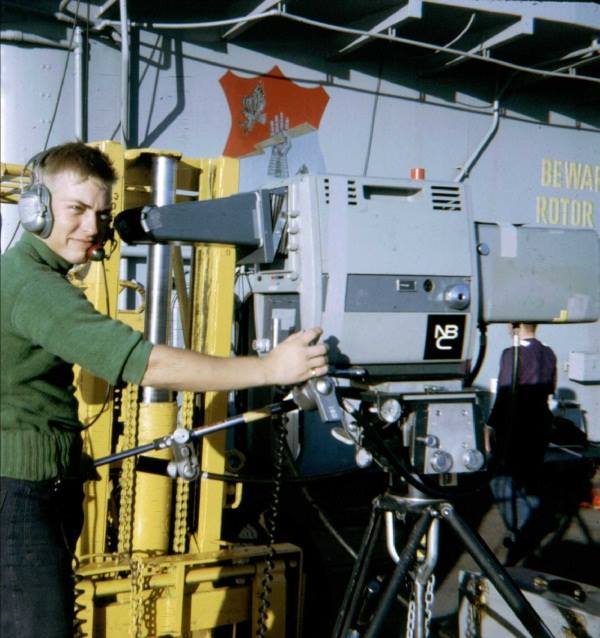

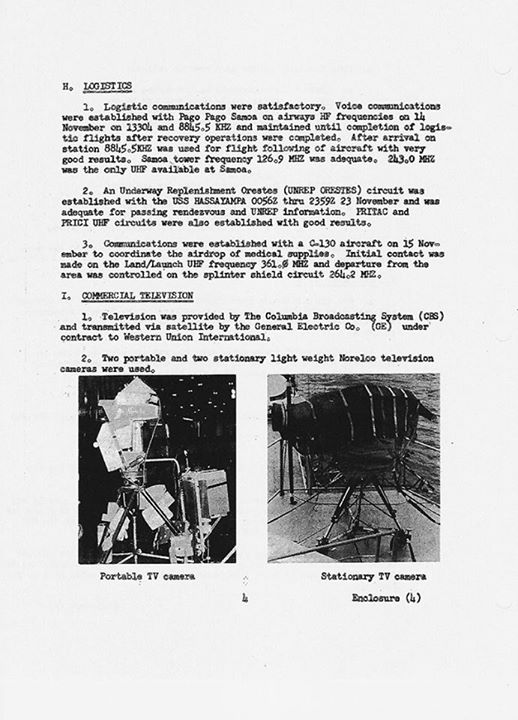

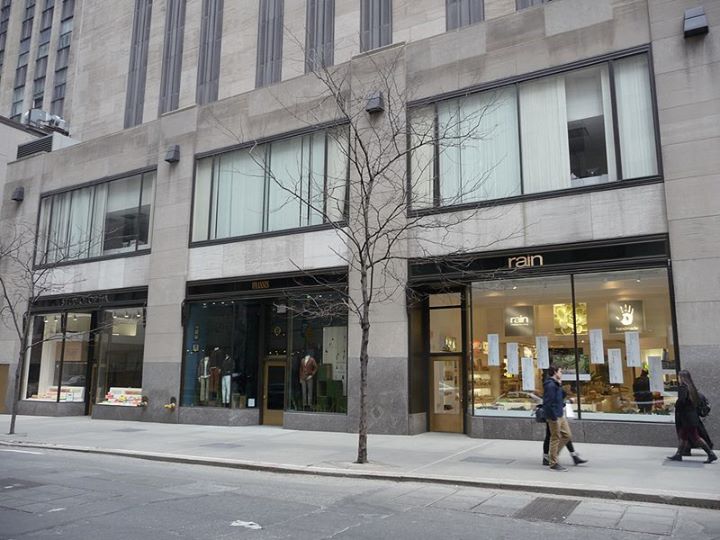

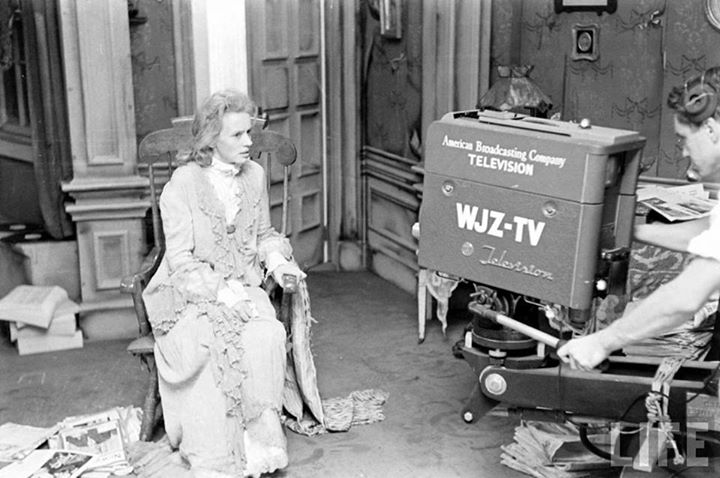

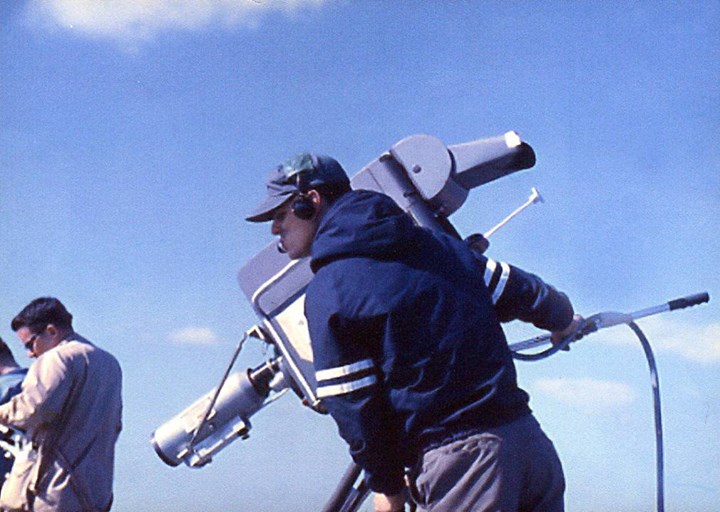

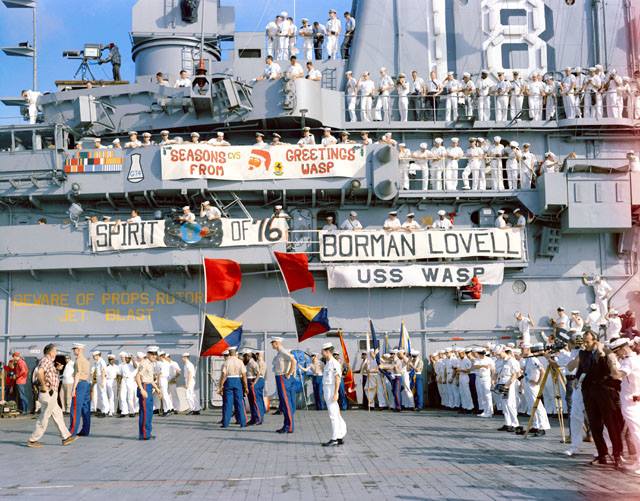



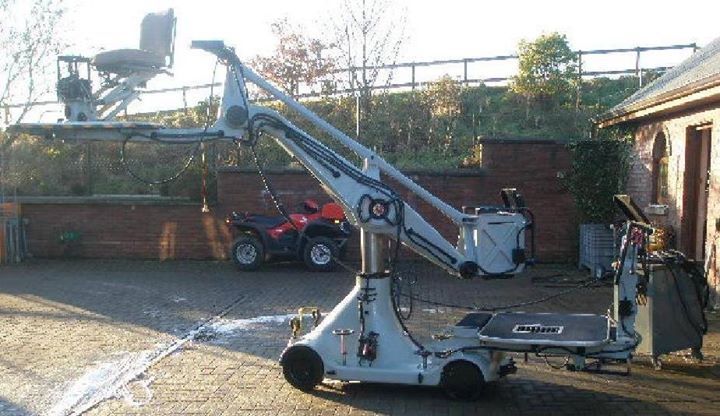

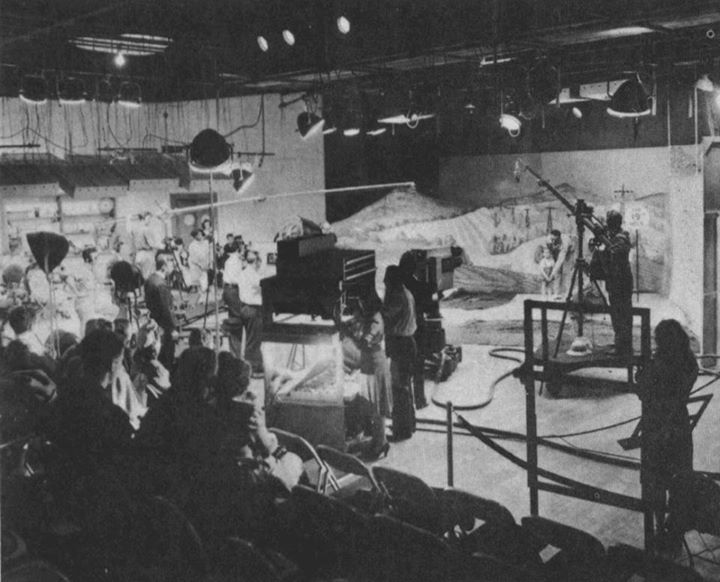

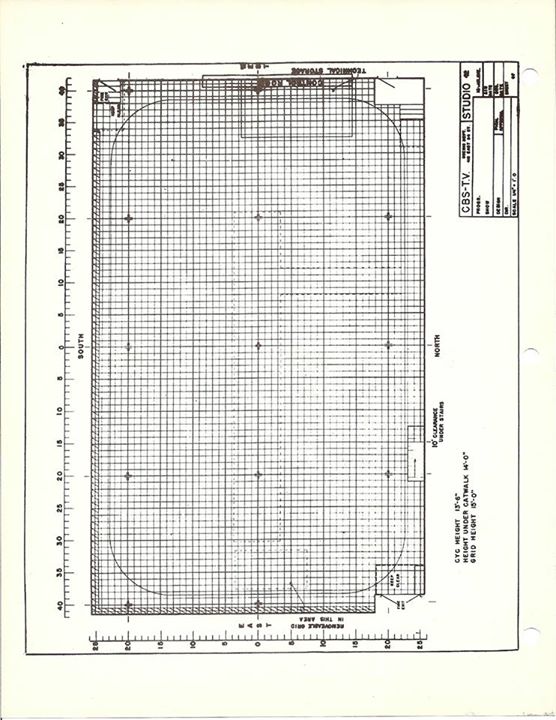

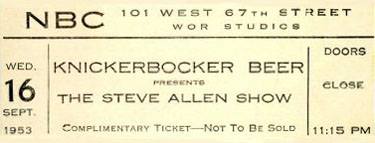

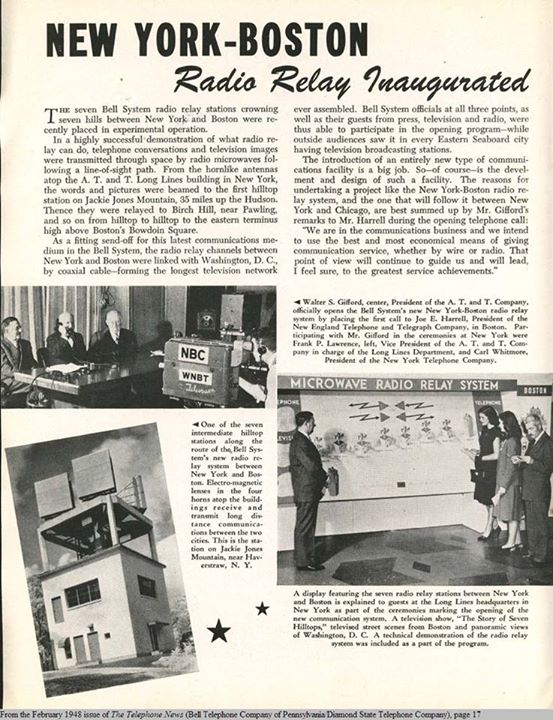

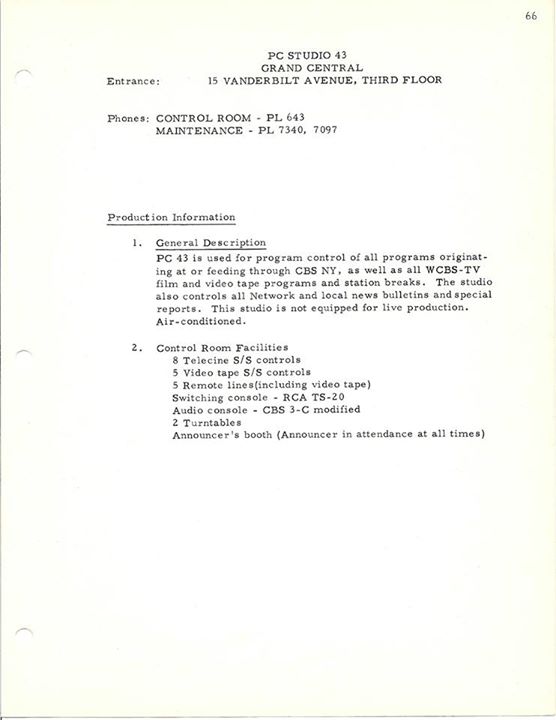





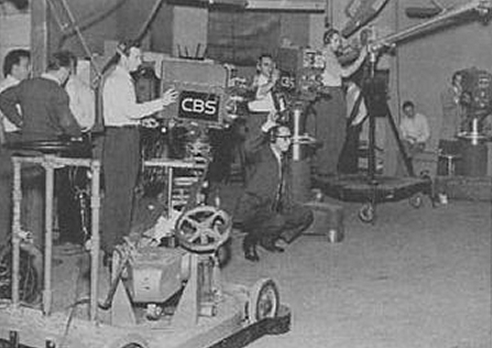

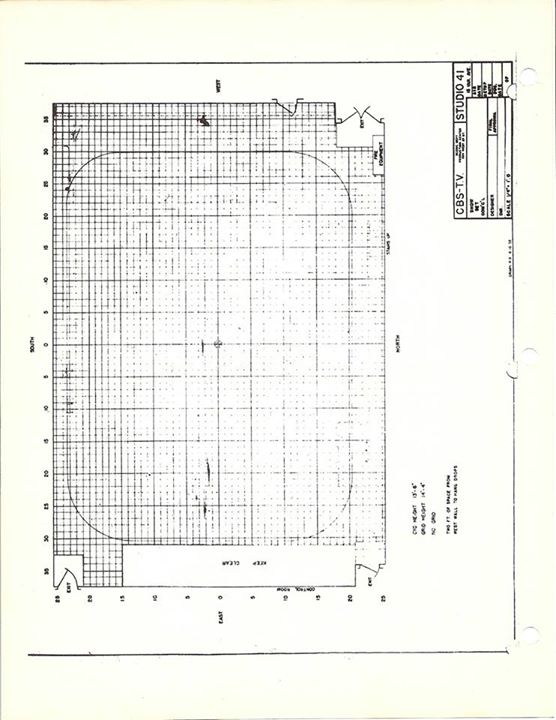



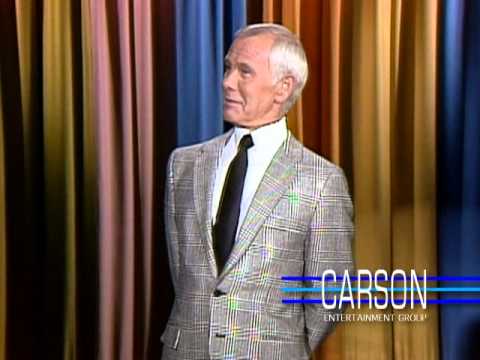

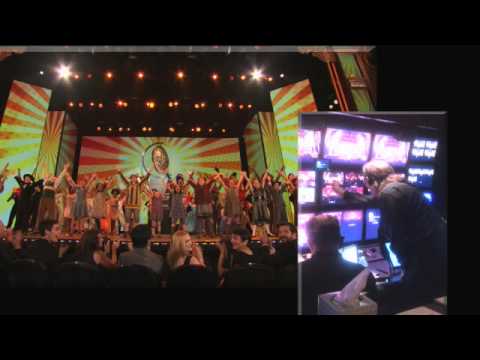

Posts in Category: TV History
Page 90 of 136
« Previous
1
2
3
4
5
6
7
8
9
10
11
12
13
14
15
16
17
18
19
20
21
22
23
24
25
26
27
28
29
30
31
32
33
34
35
36
37
38
39
40
41
42
43
44
45
46
47
48
49
50
51
52
53
54
55
56
57
58
59
60
61
62
63
64
65
66
67
68
69
70
71
72
73
74
75
76
77
78
79
80
81
82
83
84
85
86
87
88
89
90
91
92
93
94
95
96
97
98
99
100
101
102
103
104
105
106
107
108
109
110
111
112
113
114
115
116
117
118
119
120
121
122
123
124
125
126
127
128
129
130
131
132
133
134
135
136
Next » The History Of Live Pool Splashdown Coverage…Part 2B
On March 4, 2014
- TV History
The History Of Live Pool Splashdown Coverage…Part 2B
30 year NBC Burbank veteran John Olson took the two color photos on the Apollo 10 recovery ship, the USS Princeton in May of 1969. On the left is one of NBC’s 35 Norelco PC 70s that were custom engineered by “Mr Tube”, Fred Himelfarb…NBC’s in house camera guru. They were bought in late ’66 for use in their sports and remote trucks. In late ’67 NBC also bought a half dozen Norelco PCP 70s, one of which is seen in the center photo being operated by Bobby Keys. On the right is an ABC RCA TK41 on the Hornet’s Apollo 11 recovery mission. At least one was mounted on the back of an aircraft tug to provide shots from various positions. FYI, RCA’s TK44A came out in ’68 and the first RCA color portable, the TKP45 came out in 1974…quite a bit of lag time. The TK76 ENG camera came out in 1976.
The History Of Live Pool Splashdown Coverage…Part 2A
On March 4, 2014
- TV History
The History Of Live Pool Splashdown Coverage…Part 2A
Our friend Jodie Peeler has written a great three part story on this subject with lots of detail, linked video and photos that I am proud to present here. Unlike today, bringing live television pictures from a ship at sea was a whole new ballgame and in this series, we’ll learn how it was done. More details on the photos, so click on all included this this post. Thank You Jodie! Bobby Ellerbee
Live color transmission from the recovery ship finally became a reality in October 1968, with live pictures of the Apollo 7 recovery from the recovery carrier, USS Essex. A joint effort by General Electric and Western Union International resulted in a more portable earth station, with a deployable dish. Once unfolded, it was shielded from the elements by a 22-foot inflatable radome. The big white dome became a familiar sight on recovery ships throughout the days of Apollo.
Apollo 7’s splashdown in the Atlantic, where most Gemini flights had ended, gave the new system its first trial in familiar territory, but the recovery of Apollo 8 in December 1968 provided the challenge of getting pictures from far off in the Pacific Ocean, where all the lunar flights would come back. Some difficulties were encountered early in the Apollo 8 splashdown coverage – the ship’s powerful radar units didn’t get along with some radio and satellite equipment, and the signal was lost a few times – but on December 27, 1968 viewers were able to watch live as the Apollo 8 astronauts ended man’s first flight around the Moon as they emerged from the recovery helicopter aboard USS Yorktown.
Portable cameras allowed viewers a close-up look as the astronauts went from the flight deck to the hangar deck below.
With Apollo 8’s lessons learned, and further refinements during the Apollo 9 and Apollo 10 recovery efforts, all was in place for the historic Apollo 11 recovery by USS Hornet on July 24, 1969. Increased cooperation among the Navy, GE/WUI, and the networks meant coverage went better and with minimal technical glitches. Viewers were able to watch live pictures from Hornet: the recovery efforts, the astronauts landing aboard and going into their quarantine van, and the welcome-home ceremony in which President Nixon, aboard the ship to witness the historic moment, gave the astronauts an official welcome.
Although live coverage from the recovery ships continued through the remainder of the Apollo program, interest peaked with Apollo 11 and steadily dwindled, with the dramatic return of Apollo 13 (also carried live via satellite) the exception. Apollo became an old story, and the networks cut back on their coverage. By 1972 CBS News president Dick Salant was balking at the $200,000 or so it would cost to carry live coverage of the splashdown of Apollo 17, the final lunar mission (and in spite of his protest, CBS did carry the splashdown live). Still, the historic moments of Apollo had been carried from start to finish, and the world had been able to see its lunar explorers return home safely.
Here’s a Western Union International commercial, aired during the flight of Apollo 11, describing the terminal system and showing it being deployed:
http://www.youtube.com/watch?v=YjJKSpF10GM
There’s also a ton of Apollo coverage on YouTube, and it’s not hard to find – honestly, I wouldn’t know where to begin. (The Apollo 7 coverage doesn’t seem to exist, at least not on YouTube, alas – but the CBS coverage of the Apollo 8 splashdown exists pretty much in its entirety, and Apollo 11’s coverage may be found in both ABC and NBC formats.)
Absolutely, Positively…The “Florida Showcase” Location
On March 4, 2014
- TV History
Absolutely, Positively…The “Florida Showcase” Location
It’s taken a month and a few false starts, but we finally have the exact location of the Florida Showcase space which was home of the ‘Today’ show from 1962-1965. Thanks to our own “NBC, on the scene, reporter” Dennis Degan, who took this photo on the left on Sunday afternoon, we are now positive that we have the exact location. The ‘Tonight’ show’s Kurt Decker gave us invaluable help with the photos he found that show the exterior (center) of the space. We thought we had it the location Sunday morning, but in the Google map photo we had, the second set of fire hydrants (that weren’t there) was hidden by a bus and when Dennis went there that afternoon, we discovered the space is a few doors up by careful photo matching. When all you are working from is memories from decades ago, projects like this are a challenge, but here, thankfully…we get by with a little help from our friends.
‘The Actors Studio’, ABC’s First “Prestige” Drama Showcase
On March 3, 2014
- TV History
‘The Actors Studio’, ABC’s First “Prestige” Drama Showcase
At 8:30 Sunday night, September 28, 1948, this half hour anthology series kicked off with ‘Portrait Of Madonna’, starring Jessica Tandy and Dick York. In the center photo, we see director David Pressman on the left, holding a mic as he talks to the studio during rehearsal. In January of 49, Marlon Brando would make his television debut on this show. The show was produced live each week by the The Actors Studio Inc. which was a nonprofit organization for actors and actresses in New York, and won a Peabody Award for it’s “uninhibited and brilliant pioneering in the field of televised drama”.


The History Of Live Pool Splashdown Coverage…Part 1B
On March 3, 2014
- TV History
The History Of Live Pool Splashdown Coverage…Part 1B
Tampa’s CBS affiliate WTVT had a mobile unit that was so good, even NBC used it on their ‘Today’ show trips to Florida, but the unit’s usefulness did not stop at the water’s edge. Prior to being aboard for November 1965’s, first live splash down coverage via satellite, WTVT’s unit and crew had been aboard the recovery ship a couple of times before on Mercury and Gemini missions. On those earlier trips, they were there to videotape the recovery efforts to be broadcast once they got close enough to microwave the signal in. The photo on the left shows WTVT cameraman Jim Benedict with his TK11/31 on the deck of the USS Wasp during coverage of the Gemini 6 and 7 recovery missions. When CBS was chosen for pool coverage, the WTVT was often a first choice. There’s more on this at our friend Mike Clark’s Big 13 site.
The History Of Live Pool Splashdown Coverage…Part 1A
On March 3, 2014
- TV History
The History Of Live Pool Splashdown Coverage…Part 1A
Our friend Jodie Peeler has written a great three part story on this subject with lots of detail, linked video and photos that I am proud to present here. Unlike today, bringing live television pictures from a ship at sea was a whole new ballgame and in this series, we’ll learn how it was done. More details on the photos, so click on all four included this this post. Thank You Jodie! Bobby Ellerbee
As NASA committed to its manned spaceflights taking place in the open before the eyes of the world, there came the problem of how to cover each mission’s end. The earliest flights took place before commercial TV satellites were a reality, and the best the networks could do was station a reporter aboard the recovery ship to provide voice reports; later, film or videotape of the splashdown and recovery would be shown by the networks.
This changed in late 1965 when the networks, with the help of COMSAT and ITT, finally had the capability to beam live television from the recovery ship via Early Bird. The system was ready to go for the planned October 1965 flight of Gemini 6, and a large satellite dish was temporarily mounted on the flight deck of the prime recovery ship, the aircraft carrier USS Wasp. Gemini 6 was postponed, however, when its rendezvous target vehicle was lost after launch. Instead, NASA decided to launch Gemini 7 in December 1965 and send Gemini 6A to meet up with it, the first rendezvous by two manned American spacecraft and an important step on the way to the Moon. With USS Wasp still selected as prime recovery ship, the seagoing earth station got a spectacular debut: Gemini 6’s return on December 16, and Gemini 7’s two days later. Both splashdowns were carried live by the networks, with pool coverage from Dallas Townsend and Bernard Eismann.
Here’s the first moment when CBS carried live pictures from the recovery ship, during the Dec. 12, 1965 launch attempt of Gemini 6A:
http://youtu.be/E9QVgFCe4b4?t=4m13s
Here’s where the CBS splashdown coverage of Gemini 6A begins:
http://www.youtube.com/watch?v=6L3idPfHsVc
And the moment when Gemini 6A astronauts Schirra and Stafford emerged from the spacecraft aboard USS Wasp:
http://youtu.be/ZGpAHvrap5M?t=5m01s
Although there were technical problems still to be resolved, and although the picture was lost at a few points, the first live “splashcast” demonstrated it could be done. The lessons learned will form the basis of the second part, as the historic Apollo missions to the Moon approached.
The Eyes Of A Generation Camera Collection Video Tour
On March 2, 2014
- TV History
The Eyes Of A Generation Camera Collection Video Tour
It’s been a while since I posted this walking tour of my camera collection, and a few of you have asked me to post it again, so here it is. There are 16 cameras on display in my camera room and this was shot a year ago with a Sony camera made for still photos. Narrating, shooting and maneuvering at the same time was not as easy as many of you make it look, but I hope you enjoy it. Please share this.
Last of the Mohicans?
On March 2, 2014
- TV History
Last of the Mohicans?
Neither I, Chuck Pharis or Jim Elyea at History For Hire know of any surviving Houston Fearless 30B stage cranes left in the US. This crane was recently rescued by Cinephonics Props Hire in the UK as it was almost scrapped, along with a lot of other equipment from the BBC Television Center in London when it closed last year (see link). Outside the US, this was called the Mole Richardson crane as they were the world wide distributor. In North America, the crane was distributed by RCA and Houston Fearless. If you know of any of these great beauties lurking in a warehouse, please let us know!
http://www.standard.co.uk/news/uk/bbc-television-centre-closes-its-doors-for-the-last-time-8555435.html
Inside CBS Studio 42…1940
On March 1, 2014
- TV History
Inside CBS Studio 42…1940
These rare photos from 1940 are some of the first ever of CBS television operations from their new studios, and were most likely taken in Studio 42, as it was 1,000 square feet bigger than Studio 41. In 1939, W2XAB (now WCBS) began broadcasting with an all electronic system it had bought from RCA. The new studio complex in Grand Central Station had it’s transmitter atop the Chrysler Building. Like RCA/NBC, CBS had started earlier, in the late 1920s, with mechanical systems and those crude broadcasts had come from the transmitter site. Some dates on the Grand Central studios put it in use as early as 1936 and makes sense as CBS could have used the space for experiments on it’s Field Sequential color system. W2XAB transmitted the first color broadcast in the United States on August 28, 1940.
On June 24, 1941, W2XAB received a commercial construction permit and program authorization as WCBW. The station went on the air at 2:30 p.m. on July 1, one hour after rival WNBT (channel 1, formerly W2XBS and now WNBC), making it the second authorized fully commercial television station in the United States. The Federal Communications Commission (FCC) issued permits to CBS and NBC at the same time and intended WNBT and WCBW to sign on simultaneously on July 1, so no one station could claim to be the “first”, but, there was a glitch. WCBW’s initial broadcast was the first local newscast aired on a commercial station in the country.
Rare! CBS Studio 42 (Grand Central) Spec Sheets
On March 1, 2014
- TV History
Ultra Rare! CBS Studio 42 (Grand Central) Spec Sheets
Our thanks again to Gady Reinhold for these 1960 CBS information sheets. This, and Studio 41 were the only two live production studios on the third floor at 15 Vanderbilt Avenue. As noted yesterday, Studios 42 ad 43 were actually “Program Control” rooms where all of the video tape, graphics and telecine operations originated for the network and WCBS TV.
The Location Of NBC’s First Show With Steve Allen
On March 1, 2014
- TV History
Location, Location, Location #1
Finally, we know the location of the first ‘Steve Allen Show’ that debuted on NBC New York’s local station, WNBT. Before Allen became host of the first incarnation of ‘Tonight’, which began on September 24, 1954 at The Hudson Theater, his Knickerbocker Beer show had hit the air locally the year before from 101 West 67th Street. At the time, the property was the home of one of three independent stations in NYC…WOR TV, which they had built and occupied in the fall of 1949. Back then stations rented studio space to the big players all the time, like CBS renting studios at Dumont’s WABD for a couple of soap operas. WOR/Channel 9’s new building was known as “9 Television Square”. Shortly after WOR was sold to RKO, the studios moved back to Times Square at 1440 Broadway with WOR radio. NBC had produced the ‘Home’ show with Arline Francis from here starting in 1954 and when WOR moved, NBC took over the building. ‘Home’ continued here till 1957 and in ’58, ‘Concentration’ prime time editions came from here. NBC moved out in 1961 and The Video Tape Center moved in. Here is a point I need to clear up…I had thought that Video Tape Center started in 1961 and their first home was here at 67th Street…nope. No one has a firm date on when VTC went into business, but their first home was actually in the Century Theater. NBC had leased the Century from ’54 till ’58 and did ‘Caesar’s Hour’ with Sid Caesar (1954–1957) and ‘Treasure Hunt’ from there. Sometime after ’58, Video Tape Center moved in and stayed till the building was torn down in ’61, necessitating the move to 67th Street. Thanks to Dave Miller for help with the Steve Allen ticket and to Brett Henry for the personal photo of the property in ABC’s hands.
New York-Boston Microwave Relay Inaugurated…February 1948
On February 28, 2014
- TV History
New York-Boston Microwave Relay Inaugurated…February 1948
On Monday, I posted a map of NBC’s television network from July 1, 1948 which for the first time included Boston. Thanks to Bill Neese, here an article on that link up from a February 1948 Bell Telephone publication. The map showed that aside from Boston, Baltimore, Washington and Richmond had been linked in was well. If you can’t read the included image, go to the link.
http://long-lines.net/places-routes/1st_transcon_mw/TelephoneNews-1948-02/017.html
Rare! CBS Studio 43 And 44 (Grand Central) Spec Sheets
On February 28, 2014
- TV History
Ultra Rare! CBS Studio 43 And 44 (Grand Central) Spec Sheets
Yesterday, I showed you Studio 41 and tomorrow, we’ll see Studio 42. Today we are going to look at “Studio” 43 and 44 which are actually control rooms. This has caused some confusion over the years as the Grand Central location has always been listed as the location for Studios 41, 42, 43 and 44, but there are only two real live production stages there…41 and 42. Studios 43 and 44 were PC Studios or Program Control Studios where video tape and telecine operations were located. 43 was the main control room where all the network and WCBS shows were rolled from and where the live announcing for local and network shows came from. 44 was used to roll in sectional commercials when a sponsor wanted to sell two different products, or air different versions of spots to different parts of the country, like Ford airing Mustang spots in the south and Falcon spots in the west during their 30 seconds of air time within the same broadcast. When networks aired pre recorded shows, there was always an A and B version, a master and a backup, rolling in sync in case the film broke or the tape warbled and 43 was where most of that came from. Master control was also in Grand Central which was in use from 1936 till 1964 when the move was made to the Broadcast Center. As always, thanks to Gady Reinhold for the images as well as the explanations.


First Ever Televised Academy Awards…March 19, 1953
On February 28, 2014
- TV History
First Ever Televised Academy Awards…March 19, 1953
The 25th Academy Awards ceremony was not only live on television for the first time, it was live from Los Angeles and New York for the first time too! In the west, Bob Hope hosted from the RKO Pantages Theater in Hollywood, and Frerdric March hosted in the east from NBC’s International Theater in New York. There were more AT&T people on hand than there were NBC people with some 70 of Ma Bell’s finest split between the two venues. The show was sponsored by RCA for $100,000. In New York, Shirley Booth accepted the best actress statuette for ‘Come Back, Little Sheba’. In LA, the best picture went not to the favored ‘High Noon’, but to Cecil B. DeMille’s “The Greatest Show On Earth”. Here is the opening of that show.
http://www.youtube.com/watch?v=iOtp4dli7-4
Bob Hope’s Oscars opening monologue at the first televised Academy Awards® on March 19, 1953. Introduced by Charles Brackett.


Just For Fun…Network News Bloopers NBC, CBS, ABC, CNN
On February 28, 2014
- TV History
Just For Fun…Network News Bloopers
NBC, CBS, ABC, CNN, correspondents, cameramen and congressmen…Donaldson, Schieffer, Brinkley, Mitchel, Jennings, Brokaw, Koppel, Rather, Wallace, Hume and more of network news’ best in funny rare moments. First is the 1980s original “Tapes Of Wrath” followed by 1991’s “Tapes Of Wrath” parts 1,2 and 3. These were produced for the Washington press corps’ Annual Correspondents Dinner. Enjoy and share!
http://www.youtube.com/watch?v=AQXCCuBwZjE
http://www.youtube.com/watch?v=-fO3NixNX2A
http://www.youtube.com/watch?v=whZWFzevPsU
http://www.youtube.com/watch?v=LzORSArW0sE
From the collection of TV producer Peter Shaplen comes this segment of a blooper reel from various news programs and stations.
The CBS Grand Central “Long Tongue” Boom Arm
On February 27, 2014
- TV History
The CBS Grand Central “Long Tongue” Boom Arm
In the late 40s, CBS customized a few of their Houston Fearless Panoram dollies by extending the boom arm by two feet. On the left, you can see the added counter weight at the base of the boom and on the right, you can see the extension. They made the kit available to HF who sold them, but mostly only local stations bought them including WGBH in Boston.
Rare! CBS Studio 41 (Grand Central) Spec Sheets…1960
On February 27, 2014
- TV History
Ultra Rare! CBS Studio 41 (Grand Central) Spec Sheets…1960
At 44′ X 60′, this is the smaller of the two studios at 15 Vanderbilt Avenue. The CBS Grand Central studios were on the third floor and the scenery door was on Depew Place at the building’s southeast entrance. CBS had been in this location since 1936 and stayed till 1964. I think 41 was Walter Cronkite’s home base before the move to the Broadcast Center. I will be posting the spec sheets from the other Grand Central studios in the coming days, but have more research to do in advance of that. Notice on the third page, it states that one of the four cameras was mounted on a “long tongue” Houston Fearless Panoram dolly that was shared with Studio 42. I will be posting photos of that rarity and some other shots from Grand Central just after this post. Many thanks to Gady Rienhold for this information.
Director Jerry Foley…’The Late Show With David Letterman’
On February 27, 2014
- TV History
Director Jerry Foley…’The Late Show With David Letterman’
http://www.dga.org/Craft/DGAQ/All-Articles/0902-Summer-2009/Television-Directing-David-Letterman.aspx
If you can imagine paving a road while staying ten feet in front of a car going eighty miles and hour, you get an idea of what Jerry Foley’s job is like. Jerry took over ‘Late Night’ directing duties from Hal Gurnee in 1995, but as an NBC technical director, had joined the team much earlier. The Directors Guild article at the link above is an excellent read on how the show works, and why. In it, you’ll also meet some of the many people that help make the show as fresh as new fallen snow, but as comfortable and familiar as your favorite chair. David Letterman is brilliant. Staying ahead of him is not easy, but…that’s Jerry’s job. Congratulations to everyone there for so many years of a job well done.


The Great Carsoni…
On February 27, 2014
- TV History
The Great Carsoni…
While were showing clips of great late night hijinx with cameras in the frame, here’s a look at a TK44, as Johnny chases down producer Fred De Cordova. Fred was a pro and knew when to run. He’d started in television in 1950 as the director of shows like ‘The Jack Benny Show’ ‘George Burns and Gracie Allen Show’, ‘The Bob Cummings Show’, ‘The George Gobel Show’, ‘December Bride’, ‘Leave It to Beaver’, ‘My Three Sons’ and ‘The Smothers Brothers’. Thanks to Albert McGilvray for the clip.
http://www.youtube.com/watch?v=0Wz8lhPhWVg
Johnny Carson’s joke bombs about Brooke Shields going to college and Fred deCordova leaves the set of The Tonight Show Starring. Johnny makes a comeback when…


Director Glenn Weiss…Neil Patrick Harris Tony Show
On February 26, 2014
- TV History
Director Glenn Weiss…One Hell Of A Show! Must See TV!
Although it’s Oscar week, we are also featuring television directors this week too. This fantastic video clip is from the Emmy winning Tony Awards show of 2012 and not only shows the awesome on camera performance by Neil Patrick Harris, but also the scene from the truck as Glenn Wiess directs. Thanks to Andy Rose for the clip and thanks to Neil and Glenn for an unforgettable night of television! Below are some of Glenn’s credits. Please share this.
Director: CBS: Tony’s, Primetime Emmy’s, Boston Pops 4th of July, Academy of Country Music Awards, Thanksgiving Day Parade, America’s Millenium. NBC: Miss USA & Universe, Biggest Loser Finale, GQ Awards, Singing Bee. ABC: American Music Awards, Rockin’ New Years Eve, Daytime Emmy’s, ABC 50th, Obama Inaugural Ball. Fox: Essence Awards, Red Cross Christmas, America’s Most Wanted. Other: BET Awards, Kids Choice Awards, Christmas in Washington, Democratic National Convention, Labor Day Telethon, Star Search, Donny and Marie.
http://www.youtube.com/watch?v=bbCQxtK545o
Tony Awards director Glenn Weiss created this split screen version of the behind the scenes opening number. Interesting to see the real time action.
Page 90 of 136
« Previous
1
2
3
4
5
6
7
8
9
10
11
12
13
14
15
16
17
18
19
20
21
22
23
24
25
26
27
28
29
30
31
32
33
34
35
36
37
38
39
40
41
42
43
44
45
46
47
48
49
50
51
52
53
54
55
56
57
58
59
60
61
62
63
64
65
66
67
68
69
70
71
72
73
74
75
76
77
78
79
80
81
82
83
84
85
86
87
88
89
90
91
92
93
94
95
96
97
98
99
100
101
102
103
104
105
106
107
108
109
110
111
112
113
114
115
116
117
118
119
120
121
122
123
124
125
126
127
128
129
130
131
132
133
134
135
136
Next »